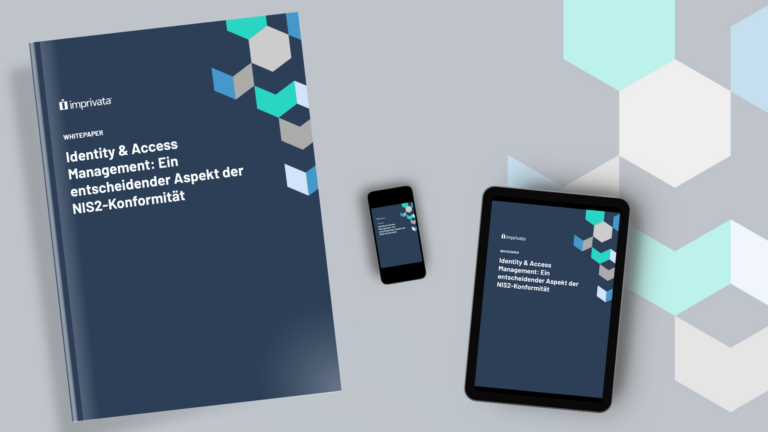
Jede Infrastruktur ist KI-Infrastruktur
Schon in sehr naher Zukunft wird sämtliche Technologieinfrastruktur effektiv zu KI-Infrastruktur werden. Und das ist keine Übertreibung.

Schon in sehr naher Zukunft wird sämtliche Technologieinfrastruktur effektiv zu KI-Infrastruktur werden. Und das ist keine Übertreibung.

Ein Mann klickt auf einen Werbelink im Internet und erhält kurz darauf einen Anruf. Trickbetrüger am Telefon bringen ihn dazu, einen Kredit aufzunehmen.

Der Zusammenbruch des Digitalwährungs-Duos Terra und Luna löste einen Domino-Effekt im Krypto-Markt aus. Der Gründer soll nun wegen Betrugs ins Gefängnis in den USA.

ChatGPT löste den Hype um KI-Chatbots aus, doch zuletzt sorgte Googles Konkurrenz-Software Gemini für mehr Aufsehen. Die ChatGPT-Macher legen nun mit einem neuen Modell nach.

Tesla verspricht, alle Fahrzeuge zu selbstfahrenden Autos zu machen - und der Konkurrent Rivian nun auch. Anders als Elon Musk wollen die Herausforderer dafür aber mehr als nur Kameras nutzen.

Laut dem Global Threat Intelligence Report von Check Point Research (CPR) waren Unternehmen im November 2025 durchschnittlich 2.003 Angriffen pro Woche ausgesetzt.

Disney gibt mehr als 200 seiner Figuren für die Verwendung in KI-Apps der ChatGPT-Firma OpenAI frei. Zugleich könnten von Künstlicher Intelligenz generierte Inhalte eine Plattform bei Disney+ finden.

Seit kurzem ist die Nutzung sozialer Medien in Australien für alle unter 16 Jahren verboten. Viele Online-Plattformen protestieren dagegen. Eine besonders populäre zieht nun vor Gericht.

Traffic-Peaks, die nach Nachfrage aussehen, aber kaum Umsatz bringen. Server unter Stress, APIs im Visier automatisierter Angriffe. Moderne Bots agieren leise, verteilt und täuschend echt.

Stärken Sie Ihre NIS2-Compliance: Erfahren Sie, wie ein modernes Identity & Access Management (IAM) hilft, strengere EU-Sicherheitsanforderungen zu erfüllen, Risiken zu reduzieren und kostspielige Sanktionen zu vermeiden.